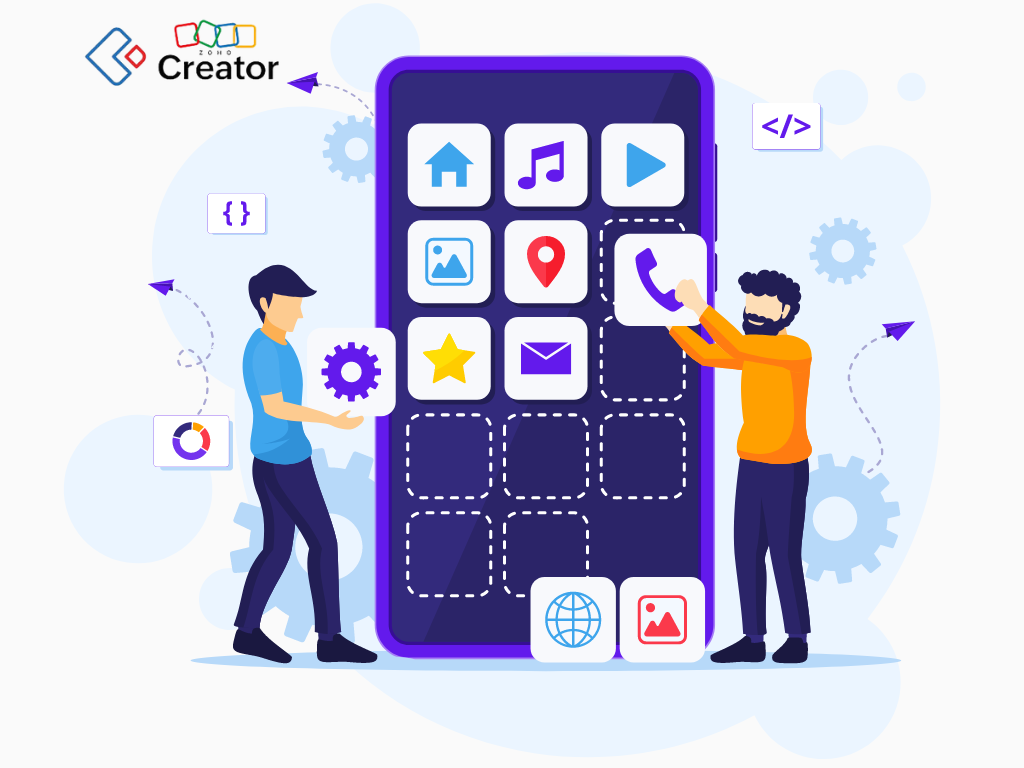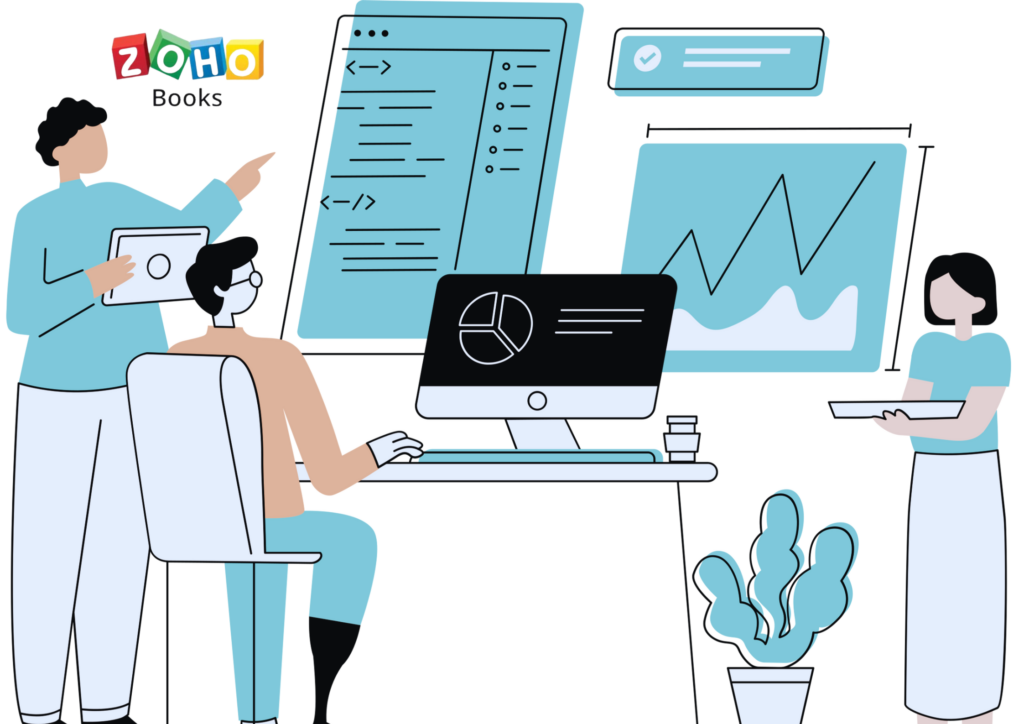Key Features of Zoho Flow: What is Zoho Flow?

Zoho Flow is a versatile integration platform designed to connect various cloud applications seamlessly. It allows users to set up workflows that automate the exchange of information between the apps they use, eliminating the need for coding skills. This blog will delve into the key features of Zoho Flow, explaining its functionalities and how it can streamline your business operations.
Zoho Flow is an integration platform that enables you to connect your cloud applications effortlessly. By creating workflows, known as “flows,” you can automate the exchange of information among the applications you use daily. This automation helps in saving time and reducing the need for manual data entry, allowing you to focus on more critical tasks.
How Zoho Flow Works
At its core, Zoho Flow operates by combining triggers and actions to create flows. A trigger is an event that starts the flow, such as a new data entry or a specific point in time. Once the trigger occurs, the flow executes one or more actions, such as updating data in an app, sending an email, or performing a custom function.
For example, a flow can be set up to create or update a contact in Zoho CRM whenever a new entry is submitted in Zoho Forms. Another example is sending a monthly email reminder to employees to submit their reports. The actions within a flow can be straightforward or involve complex branching logic based on different conditions.
Key Features of Zoho Flow
Triggers and Actions
Triggers: These are events that initiate the workflow. Triggers can be based on data updates, form submissions, or scheduled times. Zoho Flow supports various triggers, making it highly adaptable to different scenarios.
Actions: Actions are the tasks performed when a flow is triggered. These can include creating or updating records, sending emails, delaying actions for a specified period, or executing custom functions.
Branching Logic
Branching logic allows you to create complex workflows that can handle multiple conditions. For example, you can set up a flow that sends a different message to various Slack channels based on the deal value in Zoho CRM. This flexibility ensures that your workflows can cater to specific business needs.
Pre-built Connectors
Zoho Flow comes with a wide range of pre-built connectors that facilitate easy integration with numerous applications. These connectors cover popular apps in categories such as CRM, finance, marketing, and more, ensuring that you can connect almost any app you use.
Custom Functions
For advanced users, Zoho Flow offers the ability to write custom functions. This feature is particularly useful for tasks that require specific logic not covered by pre-built actions. Custom functions are written in Deluge, Zoho’s scripting language, providing a powerful way to extend the capabilities of your workflows.
Use Cases of Zoho Flow
-
- Sales and Marketing: Automate the process of updating CRM records and sending follow-up emails to leads.
-
- Human Resources: Streamline employee onboarding by integrating HR software with email and document management systems.
-
- Customer Support: Ensure that support tickets are automatically created and updated in your helpdesk system based on customer inquiries.
Benefits of Using Zoho Flow
-
- Increased Efficiency: Automating repetitive tasks frees up time for more important work.
-
- Reduced Errors: Automation minimizes the risk of human error, ensuring that data is transferred accurately between systems.
-
- Scalability: Zoho Flow can handle an increasing number of tasks as your business grows, ensuring that your workflows remain efficient.
-
- Cost-Effective: By automating tasks, businesses can reduce operational costs associated with manual data entry and task management.
Zoho Flow is a powerful tool for automating workflows and integrating cloud applications. Its combination of triggers, actions, branching logic, pre-built connectors, and custom functions makes it an invaluable resource for businesses looking to improve efficiency and reduce manual work. By leveraging Zoho Flow, you can ensure that your applications work together seamlessly, providing you with the information you need when you need it.












